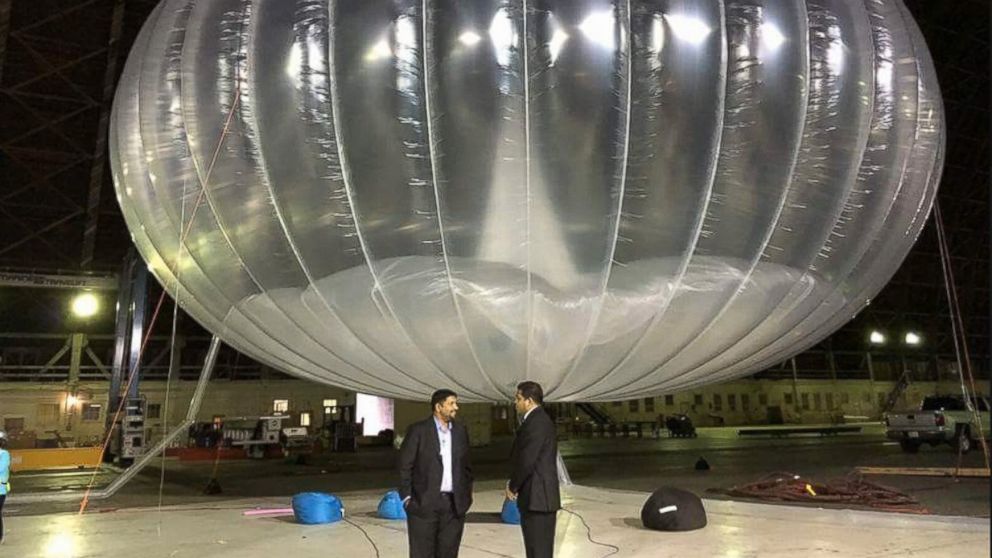Google's Internet-Beaming 'Project Loon' Balloons Take Flight in Sri Lanka
"Project Loon" could help bring high-speed Internet to the country.

— -- Google's "Project Loon" experiment, which uses balloons to bring high-speed Internet access to people, has taken flight this week in Sri Lanka.
The first balloons entered Sri Lankan air space on Monday, according to a tweet from Muhunthan Canagey, managing director of the government’s Information and Communication Technology Agency. The Sri Lankan government announced last summer it had signed a memorandum of understanding with Google, which is now under the parent company Alphabet.
An estimated 1 in 4 people are online in Sri Lanka. While the balloons will one day provide Internet coverage for the entire country, the universal Internet won't be a free-for-all. The start of testing this week is just the next step in eventually bringing an Internet infrastructure to cover the 25,000-square-mile island in the Indian Ocean.
Google's next step is to work in tandem with Internet service providers in Sri Lanka, allowing them to use the balloons as "floating cell towers," Harsha de Silva, a minister in Sri Lanka’s finance department, explained in a Facebook post last year.
He said the plan "will certainly provide a huge boost to our game plan to create a knowledge based highly competitive social market economy that will help every household achieve their own dreams."
The Project Loon balloons can float through the stratosphere, the region on the edge of the atmosphere, for more than one hundred days. While they'll solve the problem of access, the balloons will deliver Internet at 3G speeds, making it fine for getting online but difficult for high bandwidth activities.
A control center will help guide each balloon to an area to ensure Google's fleet is providing the best coverage where Internet is needed, while an operations team will be dispatched to collect the balloons when they land.
The project first began tests in New Zealand in 2013.


